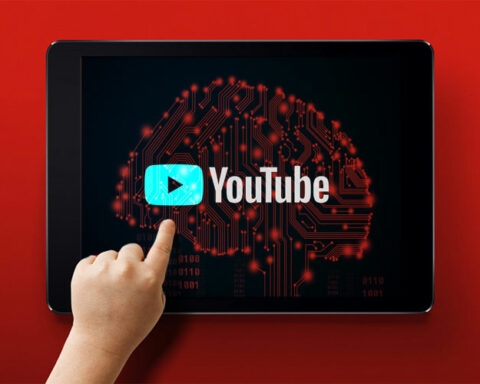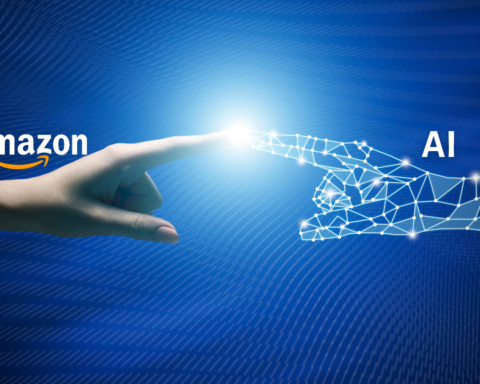Artificial intelligence has come a long way over the past few decades. With advancements in deep learning, machine learning, and natural language processing, AI has become an integral part of our lives, from virtual assistants like Siri and Alexa to self-driving cars and advanced medical technologies. However, with the introduction of AutoGPT, we are about to witness a paradigm shift in AI development, where machines will be able to learn and develop their own cognitive abilities autonomously.
What is AutoGPT?
AutoGPT is an autonomous language model that has been developed using the latest advancements in deep learning and natural language processing. The technology is an evolution of the popular GPT series, which has been widely used in the development of various AI applications. However, unlike its predecessors, AutoGPT has the ability to learn and develop its own cognitive abilities without human intervention.
How Does AutoGPT Work?
AutoGPT is based on a novel concept called “Generative Pre-training Transformer,” or GPT. This technology is based on a neural network architecture that is trained on vast amounts of data to generate human-like text. However, AutoGPT takes this concept a step further by introducing a self-supervised learning approach that allows the system to learn and develop its own cognitive abilities.
AutoGPT is trained on massive amounts of data, including text from the internet, books, and scientific papers. The system then uses this data to create a language model that can understand natural language and generate human-like text. However, the key difference between AutoGPT and previous language models is that AutoGPT has the ability to learn and develop its own cognitive abilities without human intervention.
Why is AutoGPT Revolutionizing AI?
AutoGPT is revolutionizing AI in several ways. Firstly, it eliminates the need for human intervention in the development of AI systems. This means that machines will be able to learn and develop their own cognitive abilities, leading to faster and more efficient development of AI applications.
Secondly, AutoGPT has the potential to transform the way we interact with AI. With the ability to generate human-like text and understand natural language, machines will be able to engage in more natural and meaningful conversations with humans. This will enable new applications in customer service, education, and healthcare, among others.
Finally, AutoGPT has the potential to unlock new applications of AI that were previously impossible due to the limitations of existing technology. For example, AutoGPT could be used to develop intelligent robots that can learn and adapt to their environment autonomously, leading to new advancements in manufacturing, logistics, and transportation.
Conclusion
AutoGPT is the next step in the evolution of AI technology. With its ability to learn and develop its own cognitive abilities autonomously, it has the potential to revolutionize the way we develop and interact with AI systems. As we continue to explore the possibilities of this groundbreaking technology, we can expect to see new applications and advancements that were previously unimaginable.








